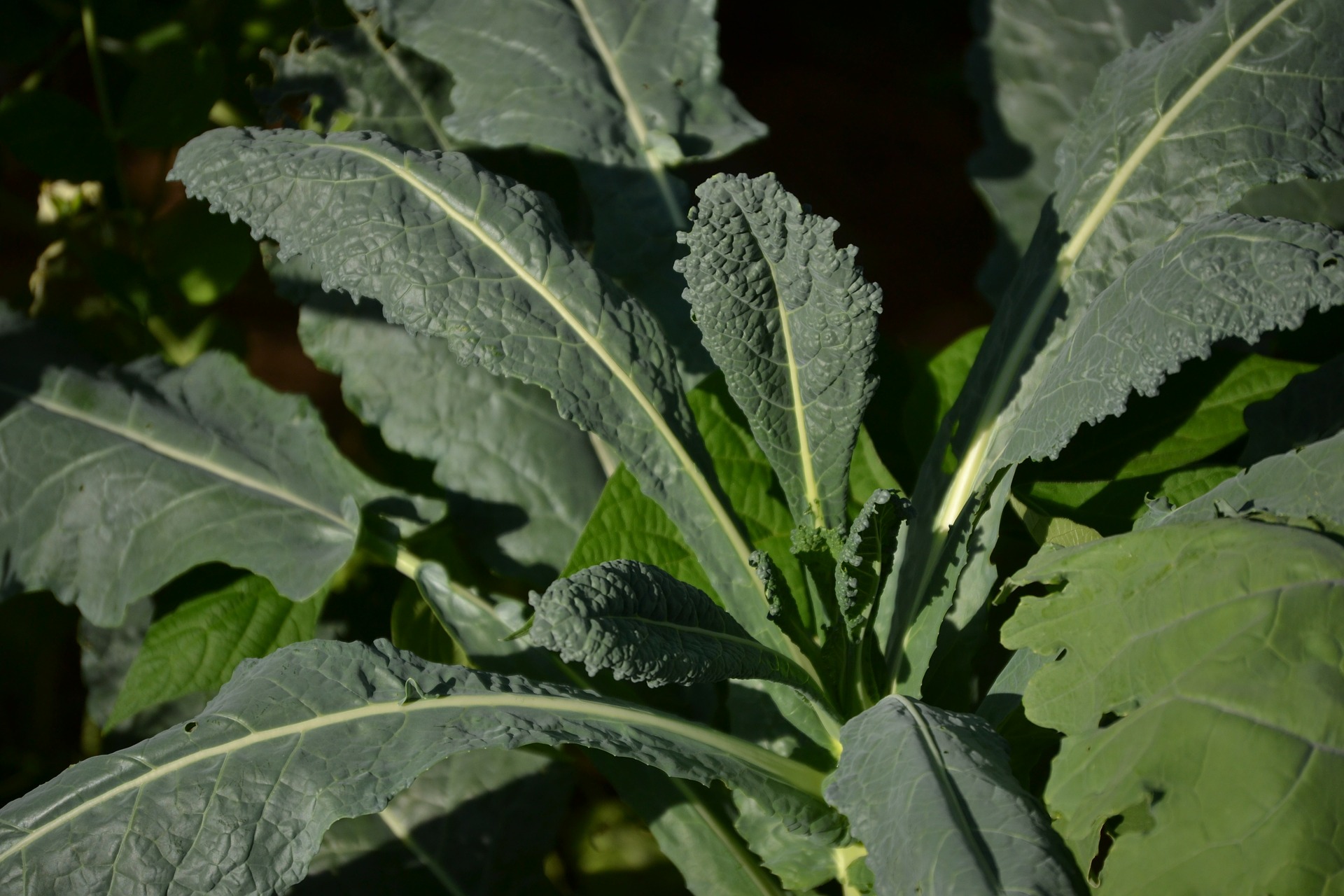Beginner Vegetable Gardening: 3 Plants to Try First
Vegetable gardening is very similar to hunting. Well, okay, so there are certain rather obvious differences. But to me, aesthetically, the they share a great deal in common.
The most important common factor is the way that vegetable gardening situates me relative to my food. In both hunting and gardening, the food is right in front of me. I am involved in the process of converting the organism to my use. This removes the abstraction of the modern food system and makes the process real. There are a number of key lessons that flow from this direct involvement with food, the most important being that food deserves thought, that quality is important, and that food should not be taken for granted.
Philosophizing over: what should you growing first as a beginner vegetable gardener? Consider these two factors: (1) is this relatively easy to grow? and (2) do I actually want to eat this? Many people recommend growing radishes as a first time gardener. They’re easy to grow, for sure. But, I mean, come on, does anybody actually like radishes that much? I don’t, so i never bothered with them. Conversely, watermelon is delicious but takes up a ton of water and a ton of space in a beginner’s garden – maybe not the best thing to start with.
With the urban gardener with limited space in mind, I recommend trying cherry tomatoes, dinosaur kale and then 3-6 herbs (which I’m counting as one plant because I said so).
When you buy your plants, I recommend going to a quality garden center to get seedlings, rather than growing from seed in your first year. This makes things way, way easier and can give you an earlier harvest. In Toronto, I recommend urban harvest and fiesta farms for your seedlings. Note that while urban harvest sells a ton of cool seeds online, it also maintains a shopfront in the spring and summer for seedlings.
Cherry Tomatoes

Cherry tomatoes are great because they will produce fruit quickly and in conditions that other, larger tomatoes, may not like. For example, my backyard is north-facing, which means I get less sun than would be ideal for tomato growing. Cherry tomatoes, with their shorter time to maturity, work well in this environment. If you have very limited space you can use a “determinate” variety of Cherry tomato. “Determinate” varieties are like a little bush and some work well in containers. “Indeterminate” varieties are like an upright vine and will require staking but they may produce more fruit.
Dinosaur Kale

Kale is healthy, hardy, and not difficult to grow. I like the “dinosaur” or “black” variety shown in the image above, which has oval leaves with smooth edges. I have found that this variety is less susceptible to pests like aphids. I also like the look and texture. Kale is great in shakes and salads. Keep in mind that it is best to let it marinate in some olive oil before eating raw in salads – this helps break down the waxy cuticle covering the leaves, making it less tough. I ended up growing waaayyy too much Kale last summer and drove my fiancee crazy by making kale caesar salad with every single meal.
Herbs

Herbs are great for getting a harvest quickly that regenerates well and can be used often. The very front row of my vegetable garden is all herbs.
For an in-ground garden I would recommend trying chives, flat leaf (or “italian”) parsley, basil, rosemary, thyme and sage. This gives you a range of options that will be used in a number of different recipes. Of these, people tend to have the most trouble with basil, but I’ve had good luck simply buying the cheap pots they sell at the grocery store and planting 2 or 3 of them in the ground. The key is to be sure it gets enough water in the hottest part of the summer
I specify “in ground” in my recommendation because some very easy to grow herbs like oregano and mint have a troubling tendency to spread EVERYWHERE. Try these in containers instead.
Don’t Stress About Technicalities (For now)
There is a ton to learn about soil, fertilizer and so on, but I wouldn’t get too caught up in the technicalities of growing food at an early stage. Instead, simply ask a garden center for some good quality bagged soil and a recommendation for a basic fertilizer (you can go organic or not, as you like). In future posts, I’ll talk about these and other topics like building your first raised bed garden (I built my first this year). For now, focus on getting some plants in the ground and enjoying the fun of growing your own food.


